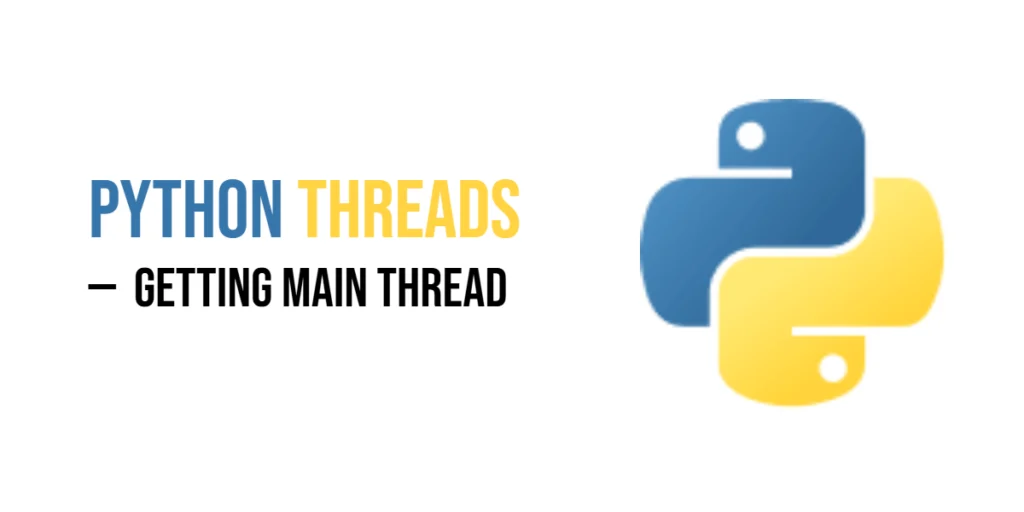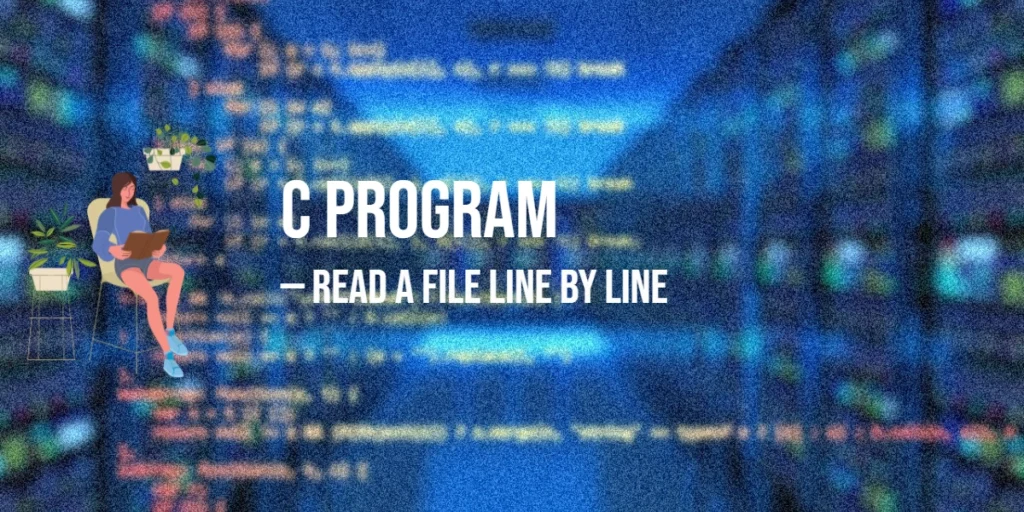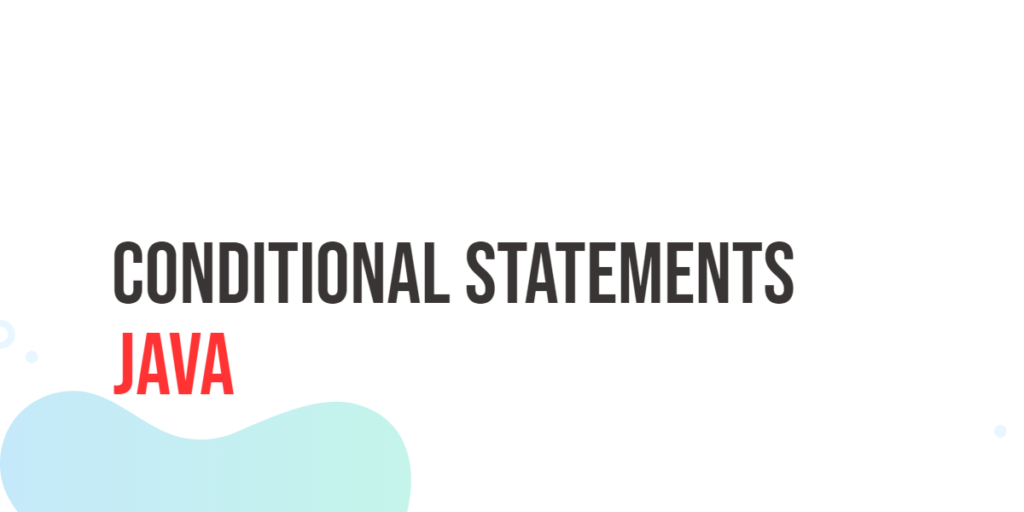In Python, the main thread is the first thread that starts when your program runs. It acts like the boss, controlling the overall flow of your program. Sometimes, when working with multiple threads, you need to know which thread is the main one—for example, to manage thread behavior or to make sure certain code runs only in the main thread.

with hands-on learning.
get the skills and confidence to land your next move.
In this guide, you will learn how to get the main thread object easily using Python’s built-in threading module. With simple examples, you’ll see how to identify, use, and even name the main thread to make your programs clearer and more manageable.
What is the Main Thread?
The main thread is the first thread that starts automatically when your Python program runs. It’s like the program’s main manager, controlling the overall flow and making sure everything runs smoothly.
Any other threads you create during the program’s execution are called child threads—they run alongside the main thread but are created by it. The main thread is important because it often handles tasks like starting other threads, waiting for them to finish, and cleaning up before the program ends.
Getting the Main Thread Object
Python’s threading module provides a simple way to get the main thread object using the function threading.main_thread(). This function returns a Thread object that represents the main thread currently running your program.
You can use this object to check the main thread’s properties, like its name, or to compare it with other threads. This is useful for identifying whether your code is running in the main thread or a child thread, which can help you manage thread-specific behavior.
import threading
main = threading.main_thread()
print(f"The main thread is: {main.name}")In this example, the code gets the main thread object and prints its name, which by default is "MainThread". This helps you confirm you’re dealing with the original thread that started the program.
Checking If Current Thread Is the Main Thread
Sometimes you want to know if your code is running in the main thread or in a separate thread. This is important if certain actions should only happen in the main thread, like updating a user interface or cleaning up resources.
You can compare the current thread (threading.current_thread()) with the main thread (threading.main_thread()). If they are the same, your code is running in the main thread.
import threading
def check_thread():
# Compare current thread with main thread
if threading.current_thread() == threading.main_thread():
print("Running in the main thread!")
else:
print("Not in the main thread!")
# Run in main thread
check_thread()
# Run in a new thread
threading.Thread(target=check_thread).start()In this example, the first call runs in the main thread and prints that it is the main thread. The second call runs inside a new thread and prints that it is not the main thread. This helps you control what code runs where.
Naming the Main Thread
The main thread in Python has a default name: "MainThread". This name helps you easily identify it when working with multiple threads. You can read this name anytime to check if you’re dealing with the main thread.
Though it’s not very common, you can also change the main thread’s name if you want to. This can be useful for clearer logs or special cases where a custom name helps.
import threading
# Get the main thread object
main = threading.main_thread()
# Print the default name
print(f"Default name: {main.name}")
# Change the name of the main thread
main.name = "MasterThread"
# Print the new name
print(f"New name: {main.name}")In this example, you first see the default name "MainThread". After changing it, the new name "MasterThread" is printed. Changing the name doesn’t affect how the thread works—it just changes how it appears in logs or prints.
Using Main Thread in Thread Management
The main thread often acts like a manager—it starts other threads and waits for them to finish. While doing this, it can also identify itself by name, helping you keep track of what’s running where.
In this example, the main thread launches two worker threads. Each worker prints when it starts and finishes. The main thread waits for all workers using join(), ensuring the program doesn’t exit early. Meanwhile, it prints its own name at the start to show who’s in charge.
import threading
import time
def worker():
# Each worker announces when it starts
print(f"{threading.current_thread().name} started.")
time.sleep(1)
# And announces when it finishes
print(f"{threading.current_thread().name} finished.")
# Print the name of the main thread (the manager)
print(f"Main thread is: {threading.main_thread().name}")
threads = []
for i in range(2):
# Create and start worker threads with unique names
t = threading.Thread(target=worker, name=f"Worker-{i}")
t.start()
threads.append(t)
# Main thread waits for all workers to complete
for t in threads:
t.join()
print("All worker threads completed.")This setup keeps your program organized by clearly showing which thread is doing what and ensuring the main thread doesn’t exit before the others finish.
Quick Reference Table
| Concept | Description |
|---|---|
threading.main_thread() | Get the main thread object |
threading.current_thread() | Get the currently running thread |
Thread.name | Read or set a thread’s name |
| Main thread default name | "MainThread" |
Conclusion
Getting the main thread allows you to better understand and control the flow of your Python program. Since the main thread is the starting point of your application, being able to identify and work with it helps you organize how your threads run and interact.
You can check if your code is running in the main thread and use this knowledge to manage thread behavior more effectively. This is especially useful when coordinating multiple threads and ensuring certain actions happen only in the main thread.
By trying out the simple examples in this guide, you’ll become more comfortable handling the main thread in your programs, making your threading code clearer and easier to maintain.







